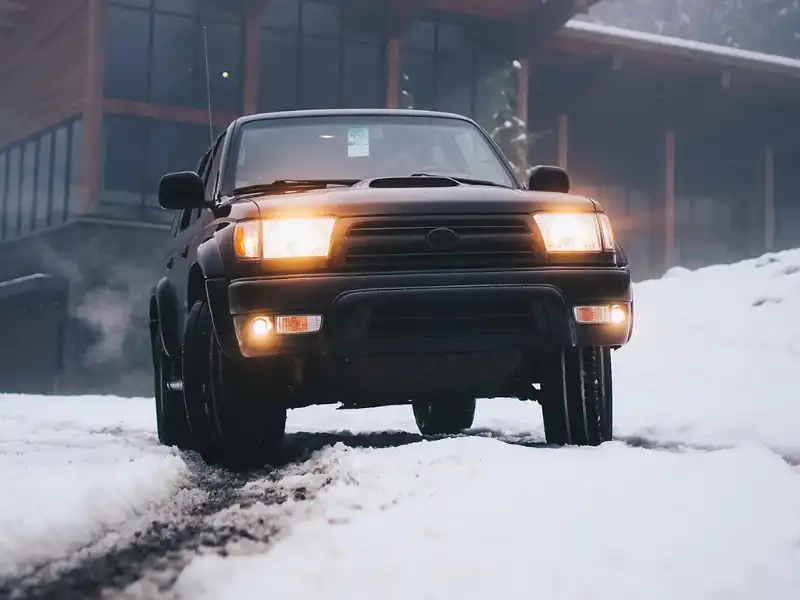Safety Tips for Driving in Adverse Conditions
Check the vehicle’s wiper blades—Periodically check for deterioration and wear. Worn blades can smear water and dirt, which can significantly decrease visibility.
Check lights—Make sure that vehicle lights are in proper working order and are always in use during poor weather conditions. If windshield wipers are in use, headlights should be too.
Check tires—Regularly check that tires are inflated to manufacturers’ recommended levels and have sufficient tread depth. Assure they are appropriate for road conditions.
Follow your vehicle’s preventative maintenance program—Make sure that your vehicle is in good condition and not at risk of breakdown.
Plan accordingly—Keep an eye on local weather forecasts and try to avoid traveling through major storms.
Keep emergency supplies in your vehicle—The emergency kit should include flares or emergency signals, first aid supplies, jumper cables, non-perishable food and water, and cold-weather gear (if traveling in winter weather).
Defog your windows—Make sure that all windows are clear before starting your trip. Be aware that rain can quickly cause windows to fog up.
Exercise extreme caution—Dirt on roadways can become extremely slippery when wet, especially right after a long dry period.
Allow for additional time—Do not rush to your destination.
Do not use cruise control—If you begin to hydroplane, cruise control causes a further loss of control.
Safe Practices for Winter Driving
Give yourself adequate time to reach your destination—Allow for an extra 5–10 minutes in your trip for poor weather and road conditions.
Leave plenty of space for other vehicles—Increase your following distance to compensate for reduced reaction times and longer braking distances.
Increase your visibility to others—Use your headlights to assure your vehicle is visible to other drivers.
Keep your vehicle properly maintained—Assure that vehicle components such as the battery, tires, brakes, lights, wipers, and fluid levels are in adequate condition before starting to drive.
Keep emergency supplies in your vehicle at all times—Make sure that your vehicle contains extra blankets, tire chains, emergency signals or flares, and nutritious dried or canned food.
Know who to contact in the event of an accident or breakdown—Memorize the phone numbers of close family or friends. It also helps to memorize your local law enforcement number and your insurance agent.
Keep your phone charged—Assure that you will be able contact emergency services.
Source for Tips
RMC Driver safety Training shorts: Winter Driving and Driving in Adverse Conditions




